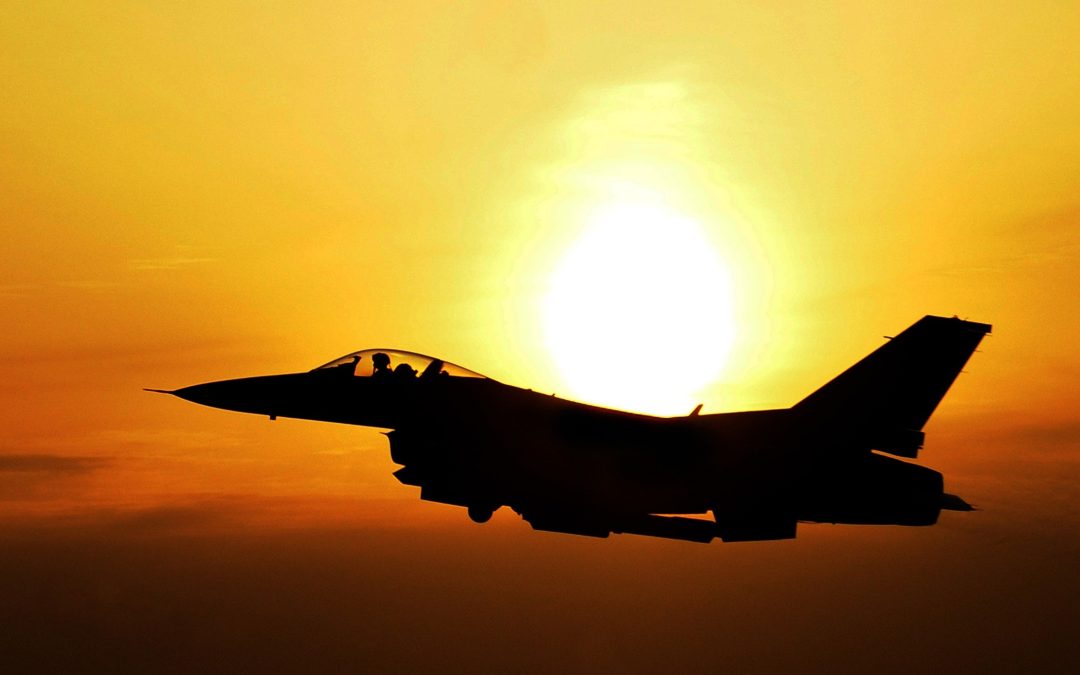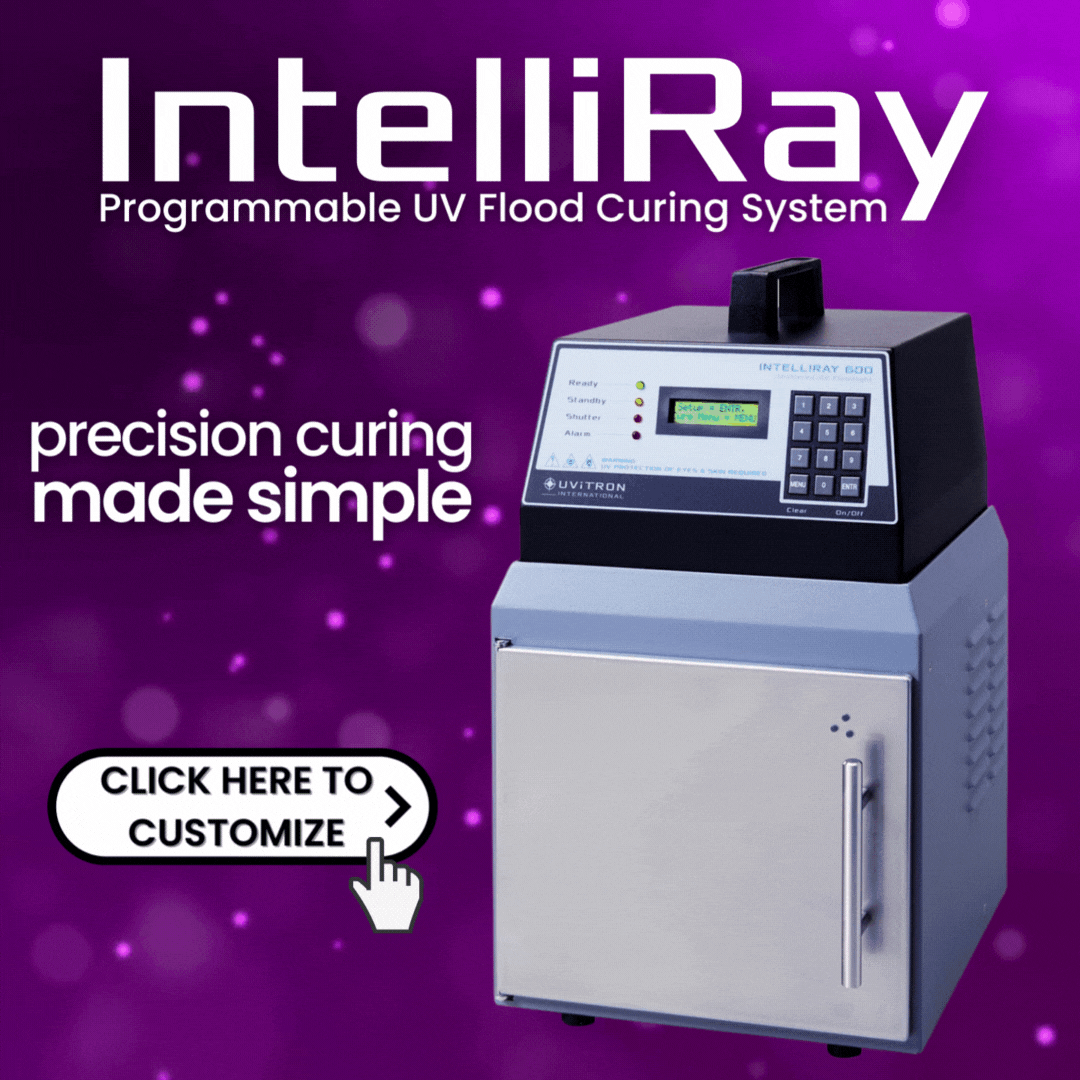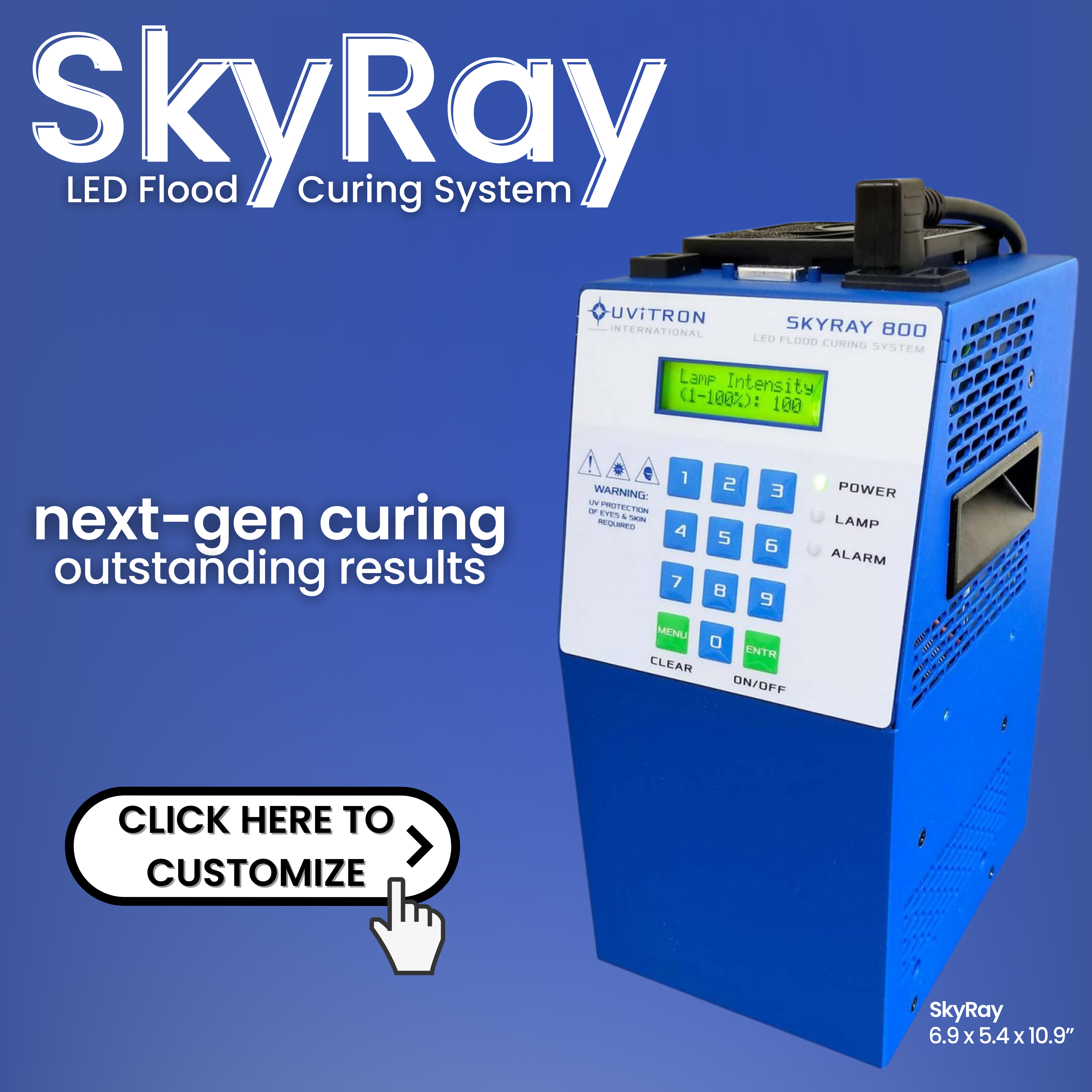As we push the boundaries of the 21st century, the importance of the aerospace and defense industries cannot be understated. These sectors are vital to national security, global communication, scientific discovery, and the burgeoning space tourism industry. However, as our reliance on these industries intensifies, so does the demand for materials that can endure high-stress environments and extreme conditions, all while maintaining optimal performance.
Enter Ultraviolet (UV) light curing technology. This innovative technique, which employs UV light to rapidly cure or harden materials, emerges as a potential linchpin in the evolution of aerospace and defense sectors. It offers a promising solution to the ever-growing need for materials that are not only resilient but also efficient to produce and apply.
In the high-stakes world of aerospace and defense, reliability is paramount. Equipment must perform flawlessly under extreme conditions, from the heat and radiation of space travel to the pressures of deep-sea operations. UV light curing systems have proven to be remarkably reliable in these challenging environments.
UV-cured materials possess the extraordinary durability necessary for such demanding applications. They are resistant to extreme temperatures, radiation, and mechanical stresses, making them particularly suited to the rigorous demands of aerospace and defense. Furthermore, the rapid curing process reduces the risk of contaminants being trapped within the material, leading to a more robust and reliable end product.
Accelerating Innovation: The Rapid-On-Demand Curing of UV Technology
One of the standout qualities of UV curing technology is its remarkable ability to provide rapid, on-demand curing. This is not just a mere convenience but a significant game-changer, particularly in sectors such as aerospace, where timelines are tight, and the demand for high-performance materials is relentless.
In aerospace manufacturing, time is of the essence. The industry is marked by its need for materials that can withstand extreme conditions — from the intense heat and radiation of a rocket launch to the cold vacuum of space. In this high-stakes landscape, the accelerated curing time offered by UV light technology is not just a luxury; it’s a necessity.
UV curing technology can harden materials in mere seconds or minutes, a stark contrast to the hours or even days required by traditional curing methods. This rapid-curing feature significantly accelerates production cycles, allowing aerospace manufacturers to produce more components in less time. This has a ripple effect on efficiency, allowing for quicker assembly, reduced lead times, and faster delivery of the final product to clients or missions.
Furthermore, the swift curing process drastically reduces work-in-progress inventory. This is crucial in an industry where space optimization is paramount. Less time spent waiting for materials to cure means fewer components taking up valuable space on the production floor. The result is a leaner, more efficient manufacturing environment that can better adapt to fluctuating demand and tight deadlines.
Unyielding Endurance: The Role of UV-Cured Materials in Defense Applications
In the demanding realm of defense applications, materials are expected to endure the harshest of conditions, whether it’s the scorching heat of desert deployments or the bone-chilling cold of polar missions. The durability and environmental resistance of UV-cured materials make them a particularly attractive option for these high-stress situations.
UV-cured materials are engineered to be extraordinarily durable, designed to withstand significant mechanical stresses without damage or degradation. This is a vital attribute in defense applications, where materials must endure everything from high-impact shocks and vibrations to corrosive elements and wear-and-tear.
The standout feature of these materials is their inherent resistance to environmental degradation. UV-cured materials are less susceptible to the harmful effects of sunlight, moisture, and extreme temperatures, making them ideal for use in outdoor and challenging environments common in defense scenarios.
Consider the varying climates where defense operations take place. In the scorching heat of desert deployments, materials are exposed to extreme temperatures and intense UV radiation. Conversely, during polar missions, they must withstand frigid temperatures and potential ice formation. UV-cured materials maintain their structural integrity and performance under these extremes, a testament to their robustness.
Another crucial factor to consider is the corrosive nature of saltwater in naval defense applications. UV-cured materials exhibit exceptional resistance to this corrosive element, ensuring that naval vessels and equipment can maintain peak operational readiness even in the harsh conditions of the open sea.
In a field where failure is not an option, the durability and resistance of UV-cured materials to environmental degradation offer invaluable reliability. From the heat of the desert to the cold of the poles, UV-cured materials are proving their worth in defense applications, providing confidence in the face of adversity and uncertainty. Their ability to withstand the rigors of service in the most challenging conditions marks them as a critical component in the future of defense technology.
Lightening the Load: The Impact of UV-Cured Composites on Aerospace Sustainability
One of the most transformative applications of UV curing technology lies in the creation of lightweight composites. This is particularly game-changing for the aerospace industry, where every ounce counts. By replacing traditionally heavy materials with UV-cured composites, the industry can achieve significant weight reduction, leading to a host of benefits, from improved fuel efficiency to reduced carbon emissions.
The weight of an aircraft has direct implications on its fuel consumption. The lighter the aircraft, the less fuel it requires to maintain flight. By employing UV-cured composites in place of heavier materials, aerospace manufacturers can build lighter aircraft without compromising on strength or durability. This leads to a noticeable improvement in fuel efficiency, an essential factor in an era of rising fuel costs and increasing environmental consciousness.
Reduced fuel consumption also translates to lower carbon emissions. As the global community becomes more aware of the urgent need to mitigate climate change, industries worldwide are being called upon to reduce their environmental footprints. The aerospace industry is no exception. By adopting UV-cured composites and thereby reducing fuel consumption, the industry can significantly lower its greenhouse gas emissions, aligning with global sustainability goals.
Moreover, UV-cured composites have the potential to increase the lifespan of aircraft components. These materials are resistant to wear and tear, corrosion, and environmental degradation, which means they last longer than many traditional materials. Longer-lasting components mean fewer replacements, less waste, and lower resource consumption over the lifetime of an aircraft.
Cutting Costs and Time: The Maintenance Advantage of UV-Cured Coatings
The benefits of UV curing technology extend well beyond the manufacturing process, offering substantial advantages in the maintenance phase as well. Specifically, UV-cured coatings have proven to demonstrate exceptional durability and longevity, leading to reduced maintenance time, lowered costs, and enhanced operational readiness in both aerospace and defense applications.
UV-cured coatings exhibit superior resistance to wear and tear, corrosion, and environmental degradation. This durability ensures that the coated components require fewer touch-ups and replacements over their operational life, significantly reducing the time spent on maintenance activities. In industries where downtime can cost millions, the time saved by using UV-cured coatings can translate into substantial financial savings.
Cost reduction is another significant benefit of UV-cured coatings. Traditional coatings often require frequent reapplication due to wear and degradation, leading to high material and labor costs. In contrast, the superior durability of UV-cured coatings means they need to be replaced less frequently, thus saving on the cost of materials and the labor involved in reapplication.
Moreover, these coatings cure almost instantly under UV light, as opposed to traditional coatings that may require several hours or even days to cure fully. This accelerated curing process further reduces downtime, allowing equipment to return to service quickly and thus maintaining high operational readiness.
In the case of defense applications, the ability to rapidly cure coatings could even have tactical advantages. Equipment can be repaired and returned to service quickly, potentially making a significant difference in mission-critical situations.
The potential of UV curing technology to reduce maintenance time and costs signifies yet another way this innovation is transforming the aerospace and defense industries. By enhancing durability, reducing downtime, and lowering maintenance costs, UV-cured coatings promise to contribute significantly to the efficiency and effectiveness of these crucial sectors.
Safety and Sustainability: The Health and Environmental Benefits of UV Curing
The integration of UV curing technology into aerospace and defense material technologies doesn’t just enhance efficiency and performance; it also fosters safer, healthier work environments. Unlike conventional curing methods that often involve toxic solvents, UV curing is a solvent-free process. This has significant implications for workforce health and safety, as well as for broader sustainability goals within the industry.
Traditional curing methods often require the use of solvents that can release hazardous volatile organic compounds (VOCs) into the atmosphere during the curing process. Workers exposed to high levels of these compounds may experience health issues, including headaches, dizziness, skin irritation, and in severe cases, damage to the liver, kidneys, or central nervous system.
By contrast, UV curing technology eliminates the need for these harmful solvents. The process uses UV light to cure materials, resulting in a significant reduction in VOC emissions. This mitigates the risk of health issues associated with VOC exposure, providing a safer and healthier working environment for employees in the aerospace and defense industries.
Moreover, the reduction in VOC emissions also contributes to the industry’s environmental sustainability goals. VOCs are known contributors to air pollution, including the formation of ground-level ozone, a key component of smog. By reducing VOC emissions, UV curing technology helps to lessen the industry’s environmental impact, aligning with global efforts to combat air pollution and climate change.
Uvitron International: Empowering Aerospace and Defense with Advanced UV Curing Solutions
Since 1993, Uvitron International has grown into a comprehensive provider of light-curing systems, UV power supplies, and UV curing accessories. Today, our innovative UV curing solutions are actively utilized by defense contractors and armed forces, playing a pivotal role in the aerospace and defense sectors.
Our primary mission is to enhance the capabilities of these critical sectors by providing cutting-edge UV curing technology. Uvitron’s UV curing systems facilitate rapid, on-demand curing, which is a game-changer for defense contractors and armed forces operating under tight timelines and high-stakes conditions. The accelerated production cycles and improved efficiency driven by our systems have become invaluable in these demanding environments.
Uvitron International’s commitment to quality and performance is reflected in our reputation for manufacturing superior products. Our systems are made in the USA and backed by a wealth of product knowledge and in-house expertise. Our aim is to deliver affordably priced UV curing solutions.
Our dynamic and support-oriented company is distinguished by an experienced team of engineers, programmers, technicians, and professional sales executives who provide our customers with exceptional expertise. With all electrical, optical, and mechanical design of our products performed in-house, we are able to share comprehensive technical knowledge with our customers.
Additionally, Uvitron offers custom-designed light-curing systems, along with systems consulting, design, and manufacturing services. Our aim is not just to provide solutions, but to drive innovation in the aerospace and defense sectors, equipping our customers with technology that helps them stay at the forefront of their fields. Uvitron International is more than a solutions provider – we are a partner in progress, dedicated to powering the success of our clients in the aerospace and defense industries.




